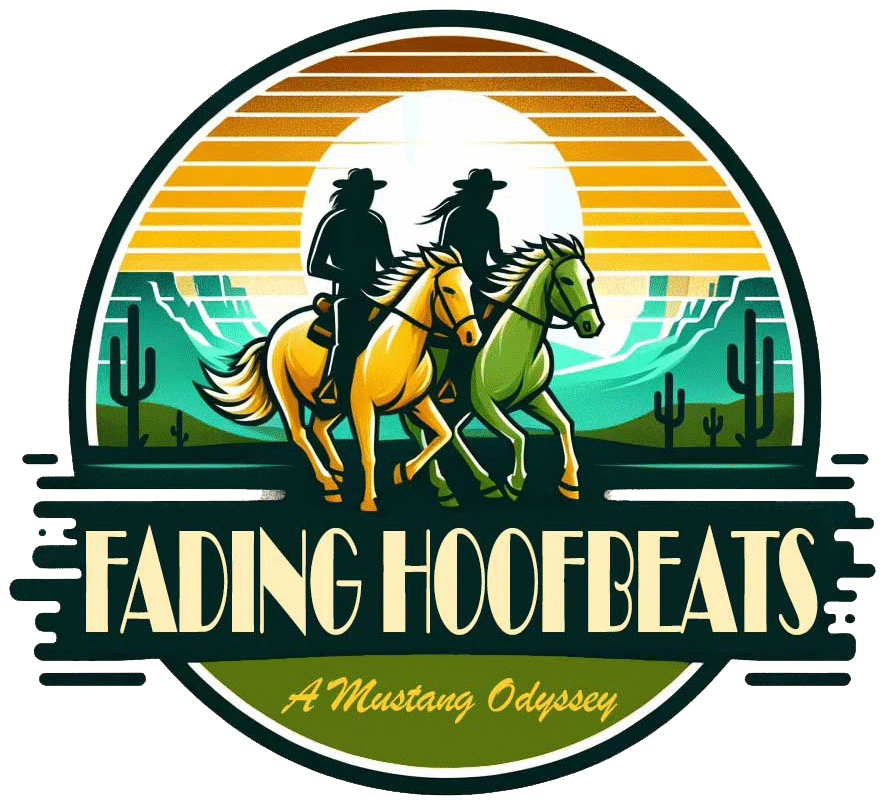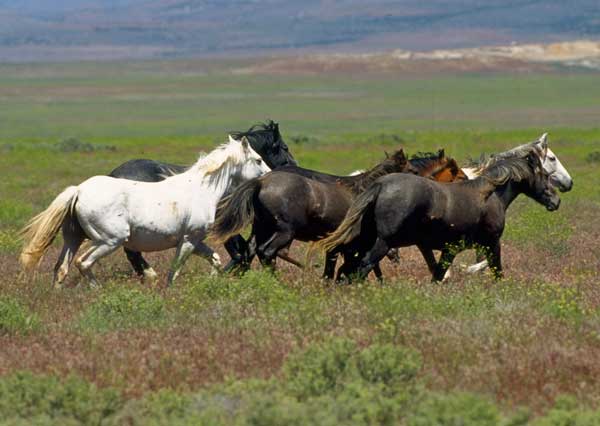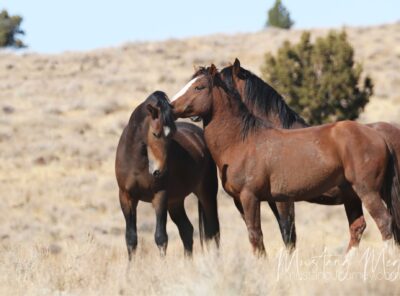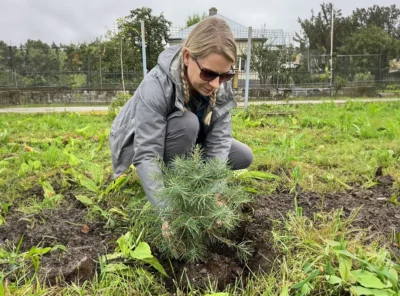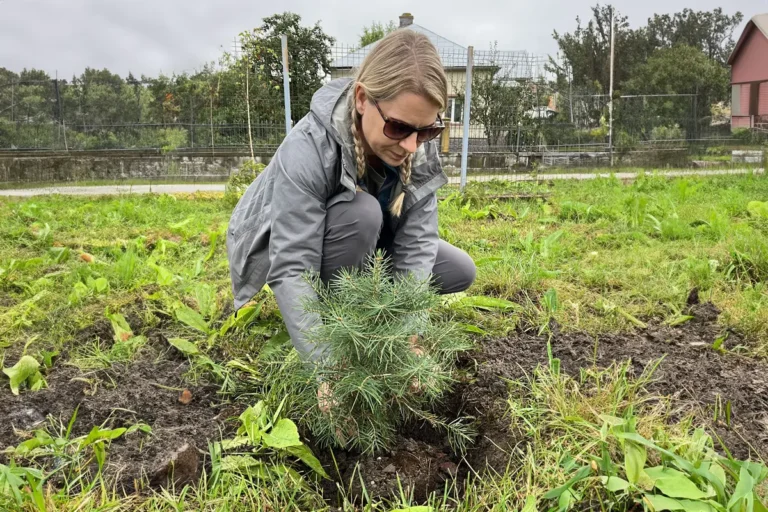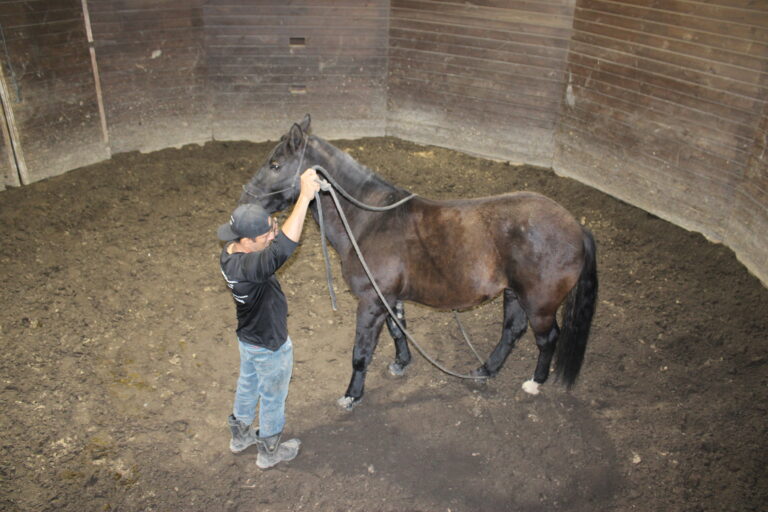Wild Horse HMA Guides: Start Here
This Start Here page explains how to use our wild horse HMA guides so you can get the most out of each HMA and WHT post. First, a little background: Fading Hoofbeats is our 2027 long ride with two wild-born mustangs: Floki from McGavin Peak and Lagertha from Devil’s Garden. We travel slow, listen hard, and write what we learn. The goal is simple: help people meet wild horses without stress. If that is your hope too, you are welcome to come along with us.
This work is also about giving back to the land. As we ride, we partner with local groups to plant native trees and shrubs, small micro-groves near routes, trailheads, and community spaces. Some plantings are memorial, honoring loved ones; others simply restore what wind, drought, and time have thinned.
If you are new to low impact travel, the Leave No Trace Seven Principles are a good starting point for sharing space with wildlife, land, and other visitors.
Conservation shapes our choices on the range: water comes first, gates get closed, roads stay un-rutted, and photos are made with long glass instead of pressure. Field notes and tree roots are both a promise to leave places better than we found them. Each of our wild horse HMA guides is built around a few simple questions: what kind of horses you might see, what the roads are like, and what most visitors wish they had known before they went.
These wild horse HMA guides are meant to be a starting point, not an official management plan, and they work best when you pair them with current maps, local knowledge, and your own judgment on the ground. Everything here is a living draft. When readers share a source or a local note, we revise and log the change. Stewardship is a habit, not a headline.
Why these guides exist
Across the basin and range West, wild horses move like weather: quiet, wild, beautiful, and complicated. Management plans shift. Maps get redrawn. Stories endure. This series gathers what riders, photographers, families, and first-time visitors need to know: where the herds live, how to see them without stress, and what is changing this year. It is a living project; we will revise as facts sharpen and new voices help us see more clearly.
We wrote these guides for the person who has one free weekend and a full heart. You do not need special gear beyond good glass, honest miles, and a promise to respect the comfort bubble. If you carry those, you will do fine.
You will also find “why it works” notes under many tips. They matter. When you know the reason, you make better choices on windy ridges, in slick bentonite, and around water where pressure hits hardest.
What you will find here
You will find:
- A short Fading Hoofbeats introduction about two black mustangs and their rider preparing for the long ride.
- State overviews that anchor you on real roads and real overlooks. From there we point to specific HMAs and WHTs where beginners can learn without getting lost.
- Plain language notes on the policy pieces that affect what you see on the ground: complexes, checkerboard patterns, gathers, fertility control. No jargon for its own sake; just enough context to keep you oriented.
- Field-ready visiting notes and ethics you can carry in your pocket. Think wind, light, glassing order, and how to move so bands stay settled. These are the habits that make better photos and kinder days.
- Photo cues and credit lines. The cues help contributors frame what is most useful to future readers. The credits honor the people who keep their eyes on the land.
These wild horse HMA guides are not official management documents, and they do not replace current notices from BLM, Forest Service, tribes, or local agencies.
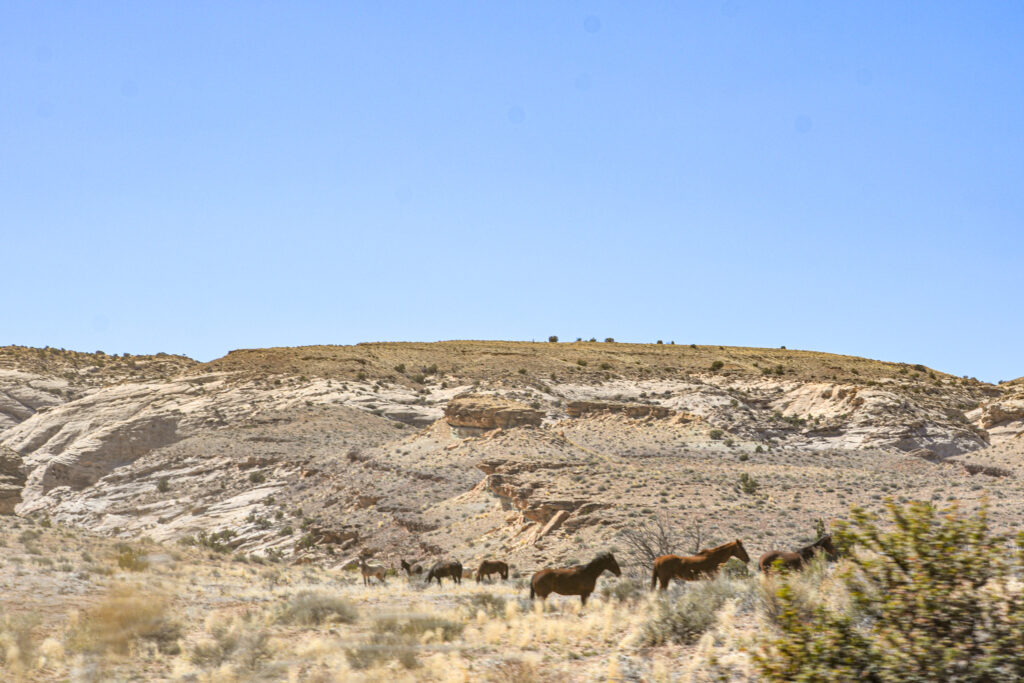
Read the Wild Horse HMA State Guides
As we add more wild horse HMA guides for different states, we will keep updating this Start Here page so it stays aligned with how we actually travel and learn. If the state you are looking for is not linked yet, check back soon.
- Oregon’s Wild Horses: Where to See Them and How to Watch Respectfully
- California — Devil’s Garden, McGavin Peak & places you can actually ride
- Wyoming — Red Desert, Adobe Town & Great Divide
- Colorado — Sand Wash Basin & Piceance Basin
- Nevada — Onaqui, Pine Nut & more
- Arizona & New Mexico — Heber, Salt River & borderlands
- Special: Theodore Roosevelt National Park (North Dakota)
- Special: Assateague Island (Maryland/Virginia)
Follow along
We add new state guides and trail notes as our miles with Floki and Lagertha grow. If you would like to follow along:
- Bookmark this Start Here page. We will keep the list of state guides updated as new ones go live.
- Read a guide, spend a day with the horses, and then tell us what you saw so we can keep the notes current.
- If you want a gentle nudge when new guides or ride updates are posted, you can sign up for email updates or follow Fading Hoofbeats on our social pages.
If something here helps you meet wild horses with less stress, we would love to hear about your day.
Why I care
Two wild-born mustangs, Floki and Lagertha, anchor this work. They are not mascots; they are teachers. Every careful mile with them changes how we see wild bands and the country they depend on.
Floki’s original WHT is largely silent now after recent gathers. I carry the grief of a line gone quiet. That grief turned into a simple vow: get the details right, keep the horses first, and plant living things along the way. Our small, steady tree plantings are how we say “thank you” to the landscapes that host us.
We choose native species, local help, and quiet ceremonies. Some plantings are memorial, especially for Brian, and some are purely restorative. Either way, they are rooted in the same ethic as our field guides: move gently, leave strength behind, and invite neighbors to help.
When people ask why a field guide talks about trees, the answer is easy: healthy bands need healthy basins. If we can help one spring stay shaded, one arroyo hold soil, or one kid see a foal under a living canopy, then the writing and the riding are doing their job.
How to help
If you see a fact that needs correction, send it with a source. A BLM or USFS page is best; local group posts help too. We will update and record the change.
If you have on-the-ground insight such as road status, water, or seasonal access, share that as well. Field notes age fast, and your recent day can save someone else a long drive.
If you want to contribute photos, see the guidance below. We take care with credit and captions, and we only publish images that match the ethics we outline here.
Submit your photos
We welcome images that teach. Bands in place are ideal. Sharp context shots of approach, skyline, and water can be just as useful as portraits.
Please include a credit line exactly as you want it to appear and a simple caption. If you know band, year, or foal details, add those too.
We do not run baited, crowded, or pressured images. Long glass beats close feet. If you are unsure about a photo, send it anyway and we will talk it through.
Wild horse spotting field checklist
This checklist is a rhythm, not a rulebook. Use it to slow down, scan well, and give bands room to stay settled. It is written for first-timers and field veterans alike.
The steps work across states because they are built on behavior and terrain. Wind, light, and water govern movement. If you read those, you will read the horses better.
Each item includes a short “why it works.” Keep those reasons in mind and you will make good calls when a ridge is busy, a storm is forming, or you are deciding whether to take one more step.
Definitions
Wild horse language gets confusing fast. These short definitions keep you oriented when websites and maps do not agree.
“HMA,” “WHT,” and “HA” describe different histories and duties. “Complex” explains how nearby areas are managed together even when the map draws a line between them.
If a definition here conflicts with an official page, we will update to match the source and note the change. Clarity serves everyone, the horses most of all.
